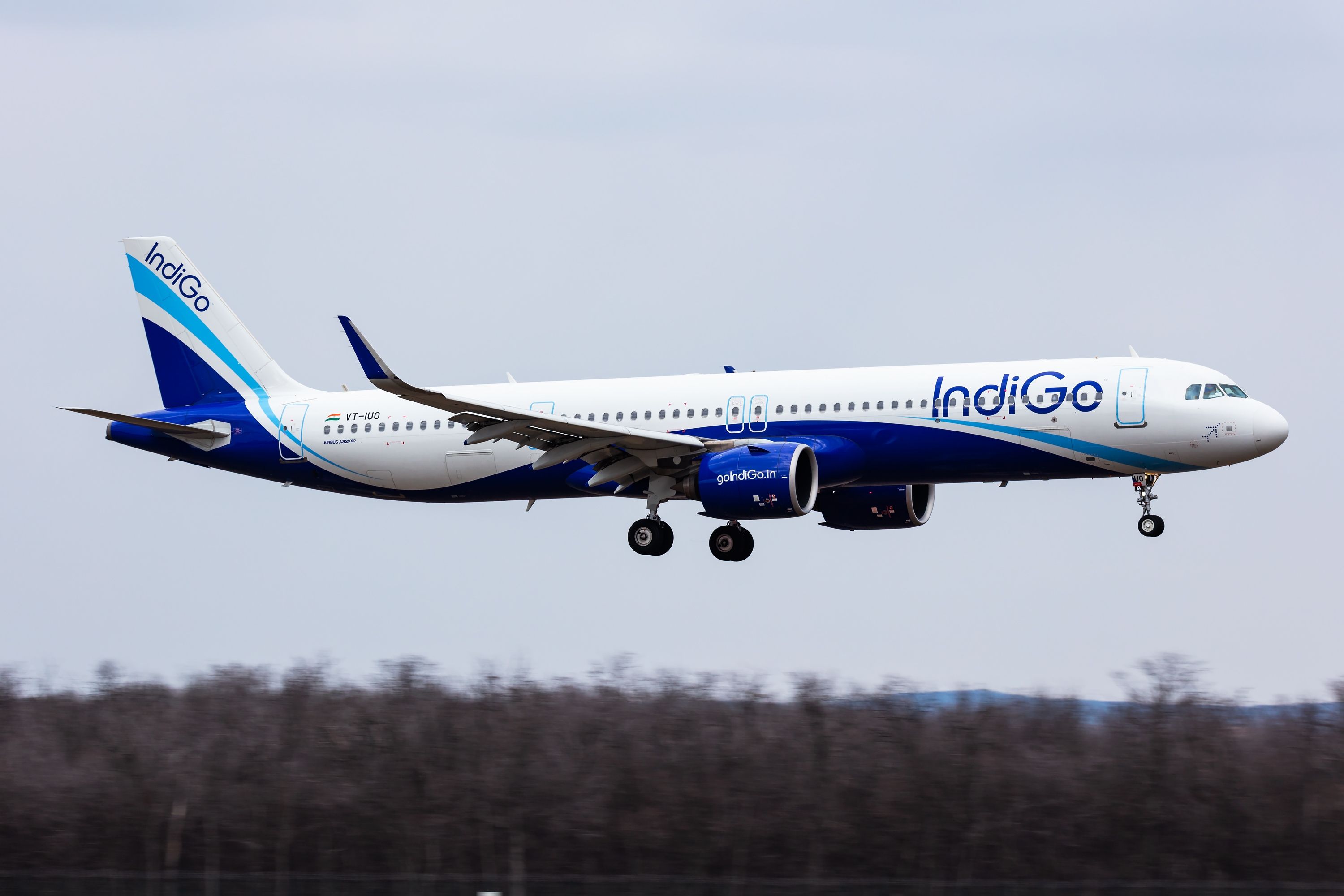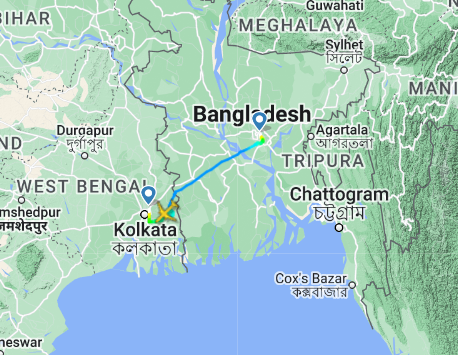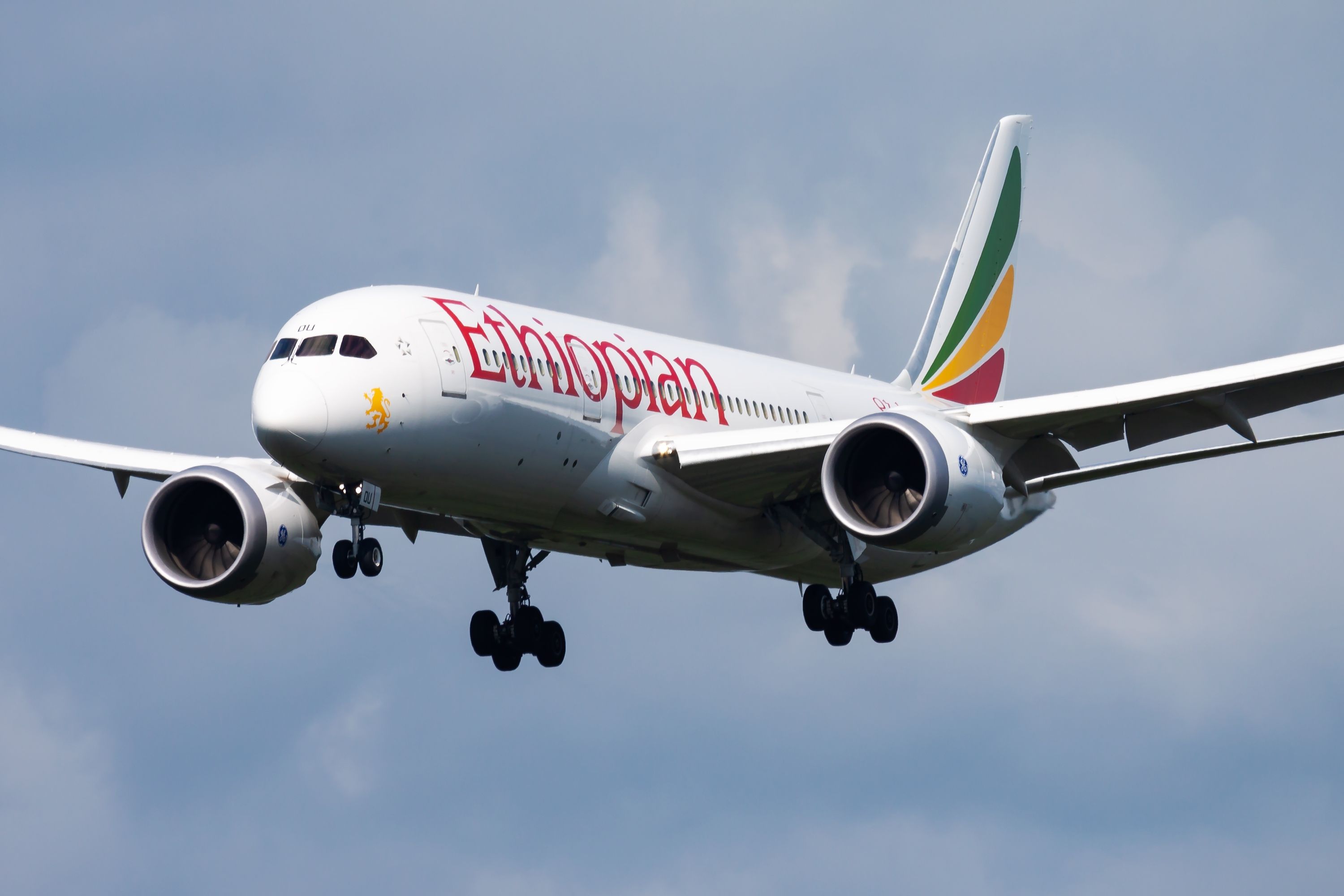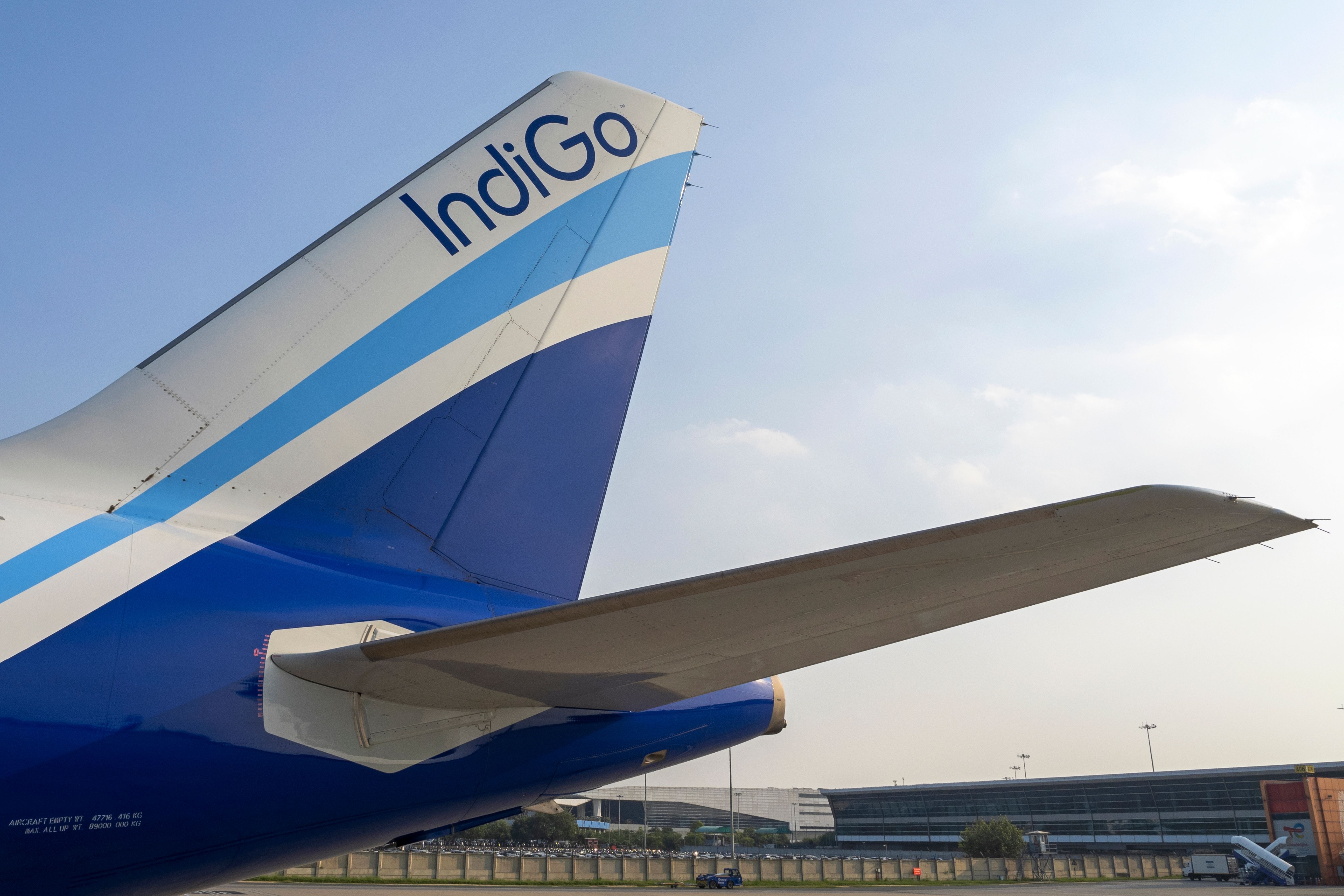One of IndiGo’s Airbus A321 aircraft was involved in a tail strike incident during landing after a short international flight between Dhaka and Kolkata. The plane was carrying more than 170 passengers and crew members, and thankfully, no injuries were reported following the incident.
Tail strike
On January 2nd, an IndiGo aircraft coming in for landing at Kolkata airport suffered a tail strike upon touch down. Depending upon the severity of the impact and other factors, tail strikes pose significant threats to the aircraft structure and the safety of passengers. Thankfully, all occupants on that day escaped unhurt.
The Airbus A321neo in question (registered VT-ILR) is less than a year and a half old and has accumulated a little over 4,000 hours as of October 2022. It was performing flight 6E1859, a daily scheduled service between Dhaka and Kolkata, with a flight time of around 40 minutes.
IndiGo released a statement, which said,
“The aircraft was declared grounded at Kolkata for assessment and repairs. The incident is being investigated in detail.”
Other incidents
While we’ve all had our share of bumpy landings, tail strikes, thankfully, are rarer. However, they are not unheard of either. In October 2022, an Ethiopian Airlines flight ET 877 on the Addis Ababa-Lilongwe-Lubumbashi route was damaged on landing at Lubumbashi International Airport.
Get the latest aviation news straight to your inbox: Sign up for our newsletters today.
It was a calm day, but ET 877’s first landing was aborted for unknown reasons. The pilots then circled and landed on the second attempt at around 13:12. Unfortunately, when the aircraft taxied and parked at its gate, it was discovered that it had suffered a nasty tail strike that shredded away a large portion of the fuselage. Fortunately, no injuries were reported.
In September 2022, a Turkish Airlines Airbus A330 operating flight TK726 from Istanbul Airport (IST) to Tribhuvan International Airport (KTM) in Kathmandu was forced to return following a tail strike during take off. The aircraft had to circle for more than four hours to burn off fuel before landing safely back on runway 35R.
About tail strikes
Not only do tail strikes pose a threat to the safety of those onboard the plane, but they can also cause severe and expensive damage to aircraft. They occur when the tail of an airplane contacts the ground during takeoff or landing.
There can be several reasons for a tail strike. Some of the common ones during takeoffs include the use of incorrect speeds, poor rotation technique (when the pilot pulls back on the yoke or side stick), and incorrect aircraft center of gravity or mistrimmed stabilizer.
Some of the reasons for tail strikes during landings include unstabilized approaches, too low an approach speed, and too high or too low of a landing flare.
Tail strikes during landing can be trickier. According to Boeing, tail strikes on landing can cause more damage than those on takeoff because the tail may strike the runway before the main gear, damaging the aft pressure bulkhead.
Want to know a pilot’s perspective on tail strikes? Do read Simple Flying’s detailed analysis.
What are your views on this? Please leave a comment below.




